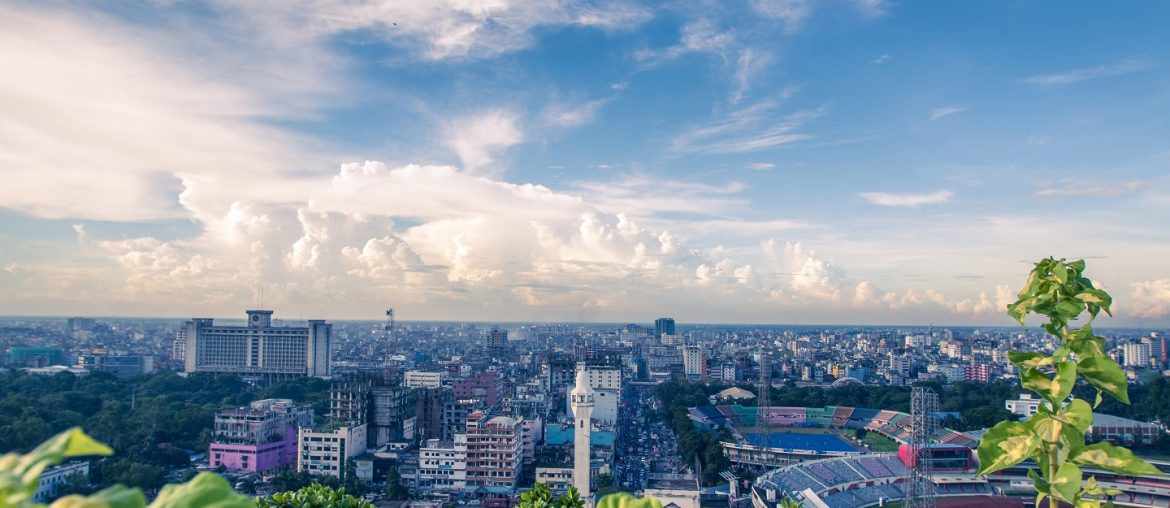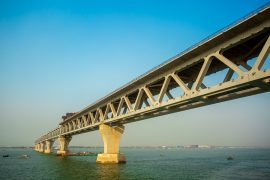We have a reputation as a sports-loving nation. Whether it’s in a tea stall down the road, a restaurant, or even in the workplace, we always discuss sports. Our madness around cricket or football is a testament to that fact. However, as our country is not all that big and many people live in a small place, oftentimes, we lack the proper infrastructure and/or space for sports. That is why the number of international stadiums in Bangladesh is so low despite the fact that it is such a sports-crazy nation. But the few stadiums that are here are very popular. In the past, we discussed a few venues where Bangladesh played in the 2019 Cricket World Cup. Today, we will take a look at some of the most popular stadiums in Bangladesh that have international recognition.
Bangabandhu Stadium
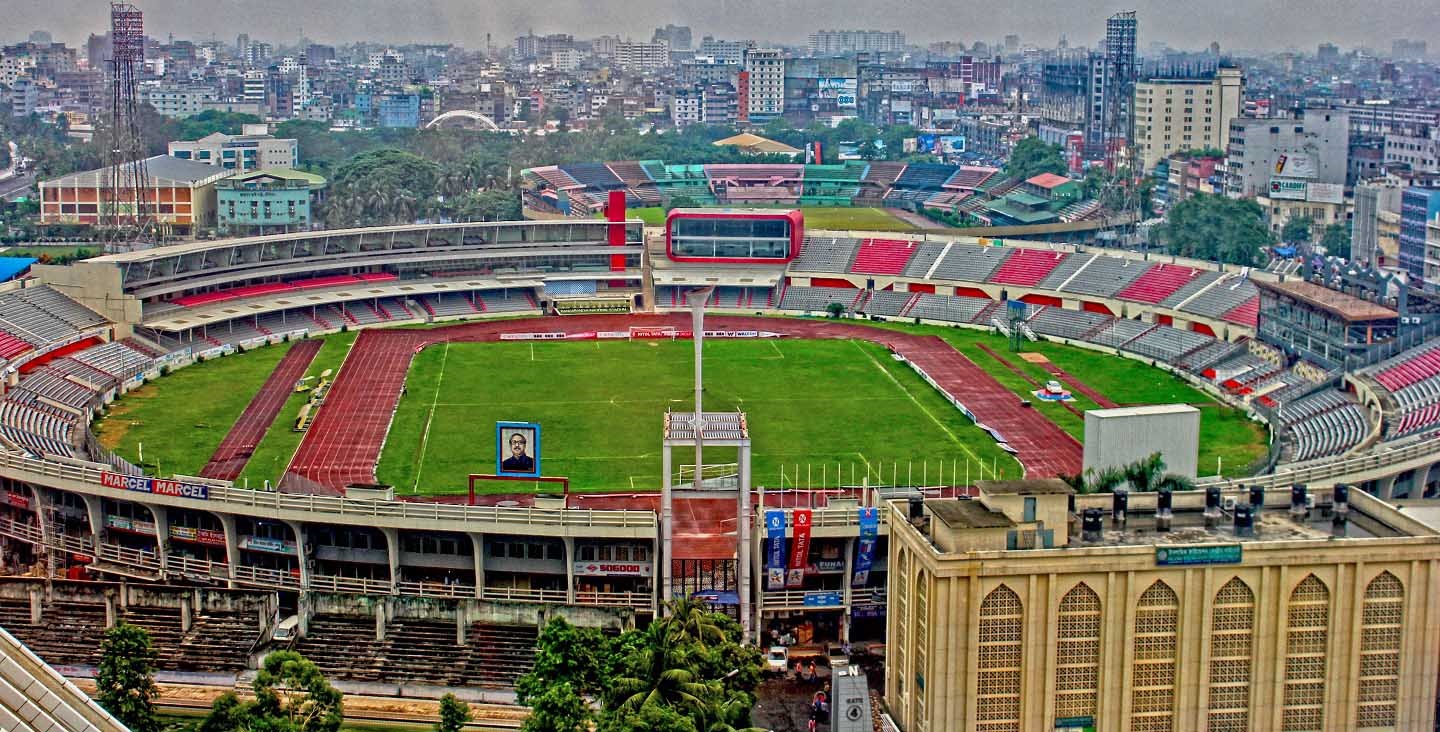
When it comes to international stadiums in Bangladesh, the Bangabandhu National Stadium holds the most prominent position. Located in Motijheel, the heart of Dhaka, this stadium was built in 1954. Formerly most people referred to it as the number one national stadium. However, it was officially named Bangabandhu Stadium after the name of Bangabandhu Sheikh Mujibur Rahman, the architect of Bangladesh.
It has a capacity of hosting 36 thousand people in the stands. Until 2005, the stadium was used as the home ground of the Bangladesh cricket team. Now, this stadium is mostly a football stadium. Even the living football legend Lionel Messi also played in this stadium. The stadium hosts both national and international football matches. There are running tracks around the stadium as well for athletic events. However, this stadium is unique due to a special reason related to cricket.
Bangabandhu National Stadium is the only venue in the world to host the opening Test matches of two different nations. The first one was in 1954-55 when Pakistan played their first Test against India. Second, forty-six years later, in 2000, when Bangladesh got its Test status and played its first Test against the same opponent. Since the stadium is located in one of the busiest places of Dhaka, in many cases there is heavy traffic around it. In addition, the fact that there is an electronics market on the exterior of the stadium makes it difficult to separate the stadium from other establishments in the vicinity.
Sher-e-Bangla National Cricket Stadium
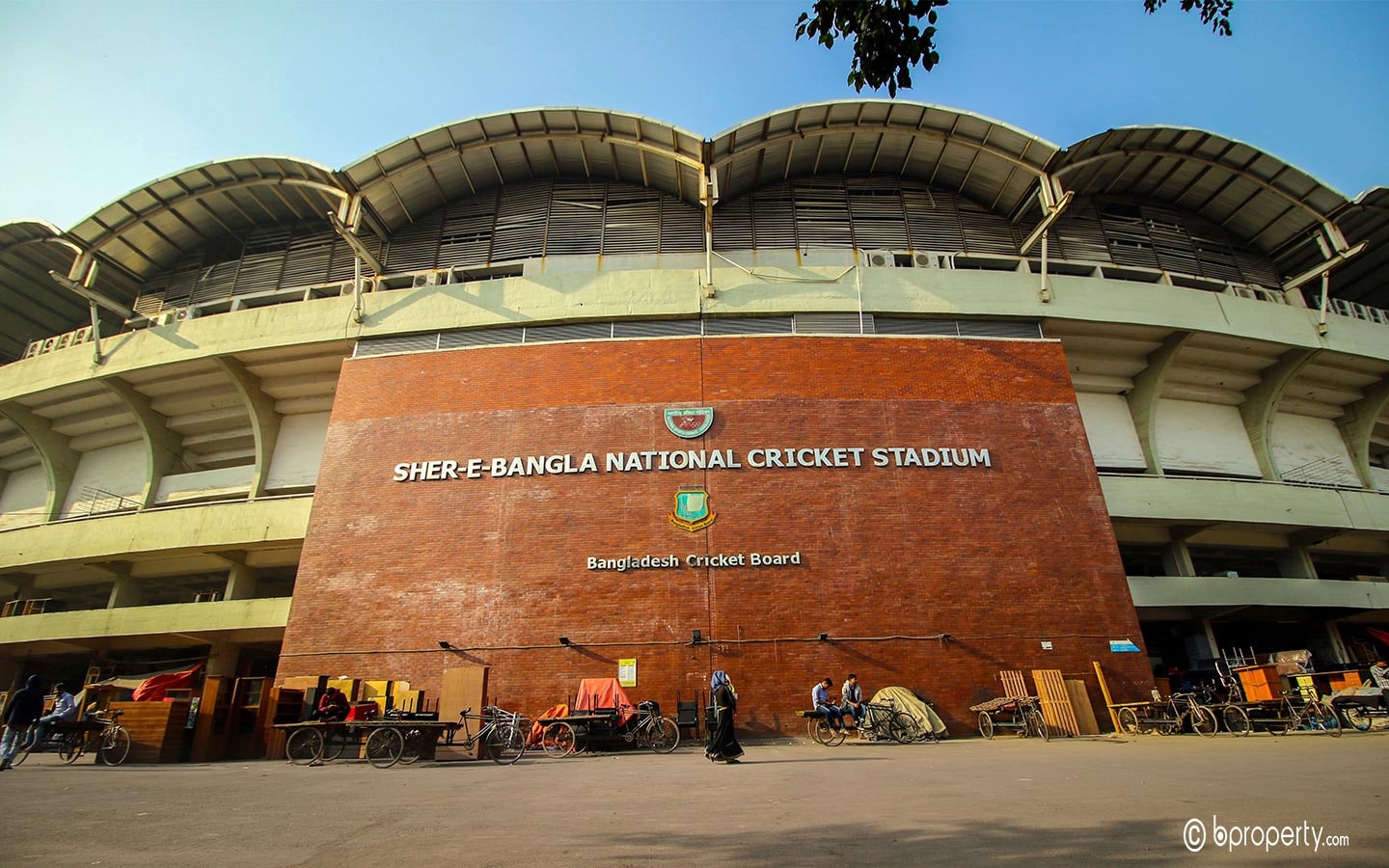
Mirpur Sher-e-Bangla National Cricket Stadium is one of the most popular international stadiums in Bangladesh. The stadium, with a capacity of seating 26,000 audiences, is located in Section 6 of Mirpur. Popularly referred to as Mirpur Stadium, it was originally built as a football and athletics stadium. However, the stadium was radically changed after it was allocated for cricket. Rectangular shape of the stadium was changed and the stadium was given a shape more suitable for cricket. About three feet of soil was lifted off the ground to install a proper drainage system and PVC pipes were installed at the bottom of the ground before refilling the soil. Apart from that, the slope shape of the stadium helps drain the rainwater quickly. That is why the Sher-e-Bangla Stadium is one of the best stadiums in the entire subcontinent.
Most of the cricket matches in Bangladesh, be it a first class cricket match, women’s cricket match, test match, ODI match, T20 match, all are held in this ground. The first ODI match was played at this ground in 2005 and the first Test match was played in 2006. Later, when the floodlights were installed in 2009, day and night matches were also organized in this ground. Making it the busiest and most internationally recognized stadium in Bangladesh.
M.A. Aziz Stadium
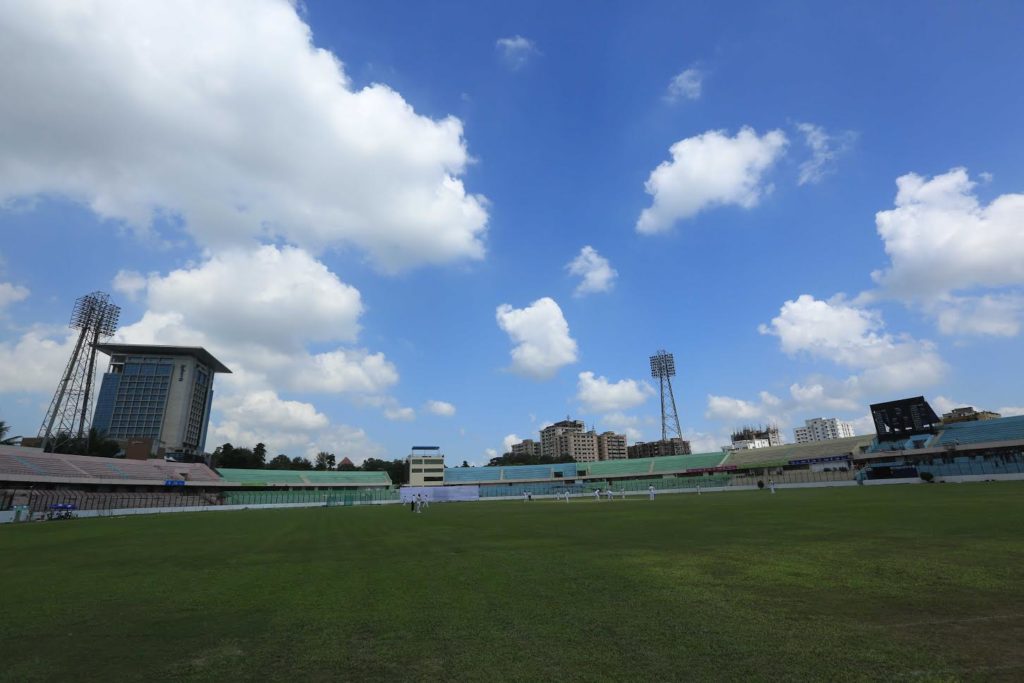
We already discussed two of the most prominent and popular stadiums of Dhaka, now let’s look outside Dhaka. When it comes to stadiums outside Dhaka, the first one that comes to mind is the famous M. A. Aziz Stadium in Chattogram. Also known as Chattogram Stadium to many locals, this stadium was called Niaz Stadium once upon a time. In 1955, the Indian national team came to this stadium to play in East Pakistan. The 20,000 audience capacity stadium was built in 1986. Making it one of the oldest international stadiums in Bangladesh.
The stadium is famous for many reasons. A headquarters was built here during the liberation war in 1971. The first one-day cricket match was played at the stadium in 1986. Bangladesh, India, and Pakistan played in that tournament. Although it is now a fully-fledged football stadium, it is also a recognized Test cricket stadium. And Bangladesh won the first Test match in history at this stadium, defeating Zimbabwe in 2005.
Zahur Ahmed Chowdhury Stadium
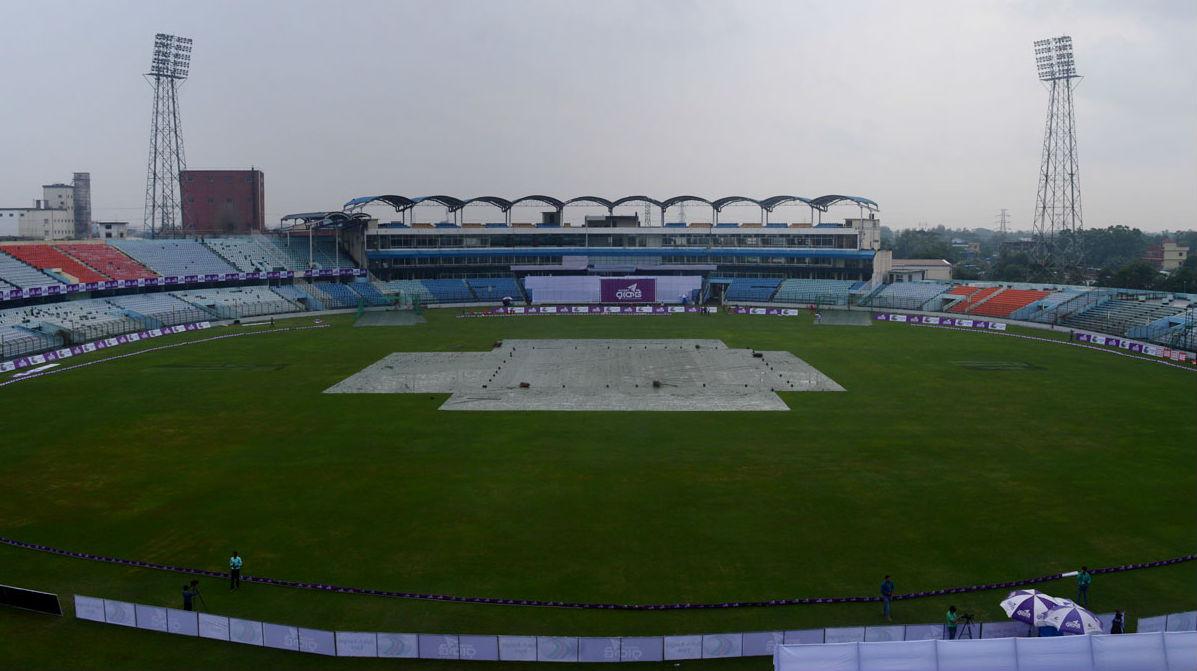
The stadium that comes next after M.A. Aziz Stadium is Zahur Ahmed Chowdhury Stadium in Chattogram. It was permanently allotted for cricket. This popular stadium was formerly known as Birshreshtha Shaheed Ruhul Amin Stadium. Many people affectionately call it Chattogram Divisional Stadium. The stadium is located in the Sagarika area of the port city of Chattogram, siding hill on one side and the sea on the other.
The stadium was renovated extensively in 2004 and was converted into a cricket stadium ahead of the ICC Under-19 World Cup. Later, the name of this stadium got associated with many happy memories of the Bangladesh cricket team. Several matches of the 2011 World Cup and the 2014 T20 World Cup were held at this venue. The memorable win against England in the 2011 ICC World Cup was at the Chowdhury Zahur Ahmed Stadium.
Sheikh Abu Naser Stadium
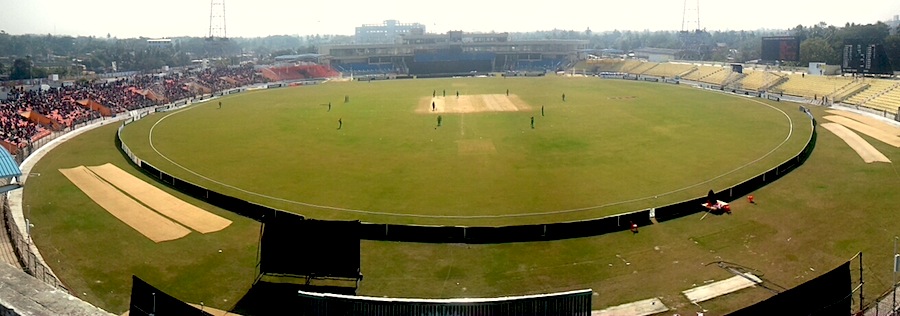
Now let’s take a look at Khulna, another divisional city. Here, we will find another popular stadium called Sheikh Abu Naser Stadium. The stadium is named after Bangabandhu Sheikh Mujibur Rahman’s brother Sheikh Abu Naser. This is the seventh venue for Test cricket in the country, all types of international cricket matches are played here, including Test ODIs and T20s. Just like the Chowdhury Zahur Ahmed Stadium, the first major renovation was done to organize the 2004 Under-19 World Cup. It was later allowed to host international cricket matches in 2006. Although the first ODI and T20 match was played in 2006, the first Test match was played at the stadium in 2012.
Sylhet International Cricket Stadium
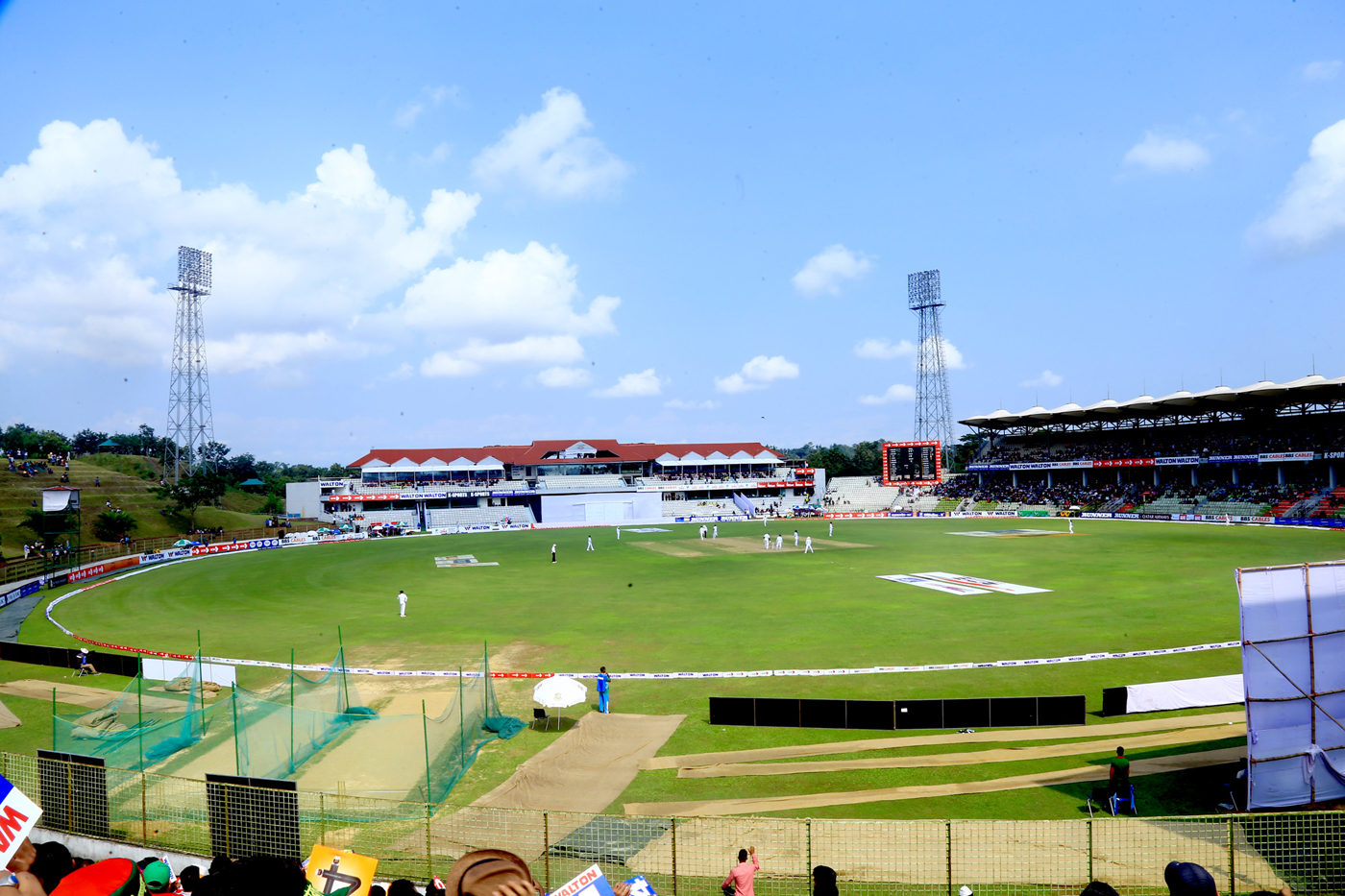
Before it was renovated and renamed as Sylhet International Cricket Stadium, the stadium was known as Sylhet Divisional Cricket Stadium. Surrounded by beautiful hills and tea gardens, this stadium is undoubtedly one of the most spectacular stadiums in Bangladesh. Many people from home and abroad have been fascinated by its beauty. The stadium falls on the right side on your way from Sylhet Airport to Sylhet city. From the entrance to the interior of the stadium, everything is really very beautiful there. The stadium looks nothing less than a foreign stadium with different installations, which makes it unique amongst all the international stadiums in Bangladesh. Sylhet International Cricket Stadium is the only open gallery or green gallery stadium in the country. With a capacity of housing 22,000 people, the stadium is now mostly used for cricket. The first international cricket match at the venue was held in 2014.
Not all stadiums are the same. Different stadiums have different purposes. And with the entire country having much love for sports, the need for better and bigger stadiums has resulted in some iconic structures. That being said, these are some of the most popular international stadiums in Bangladesh; not only do they meet the international standard, they also play a monumental role in shaping the future of sports in Bangladesh.

